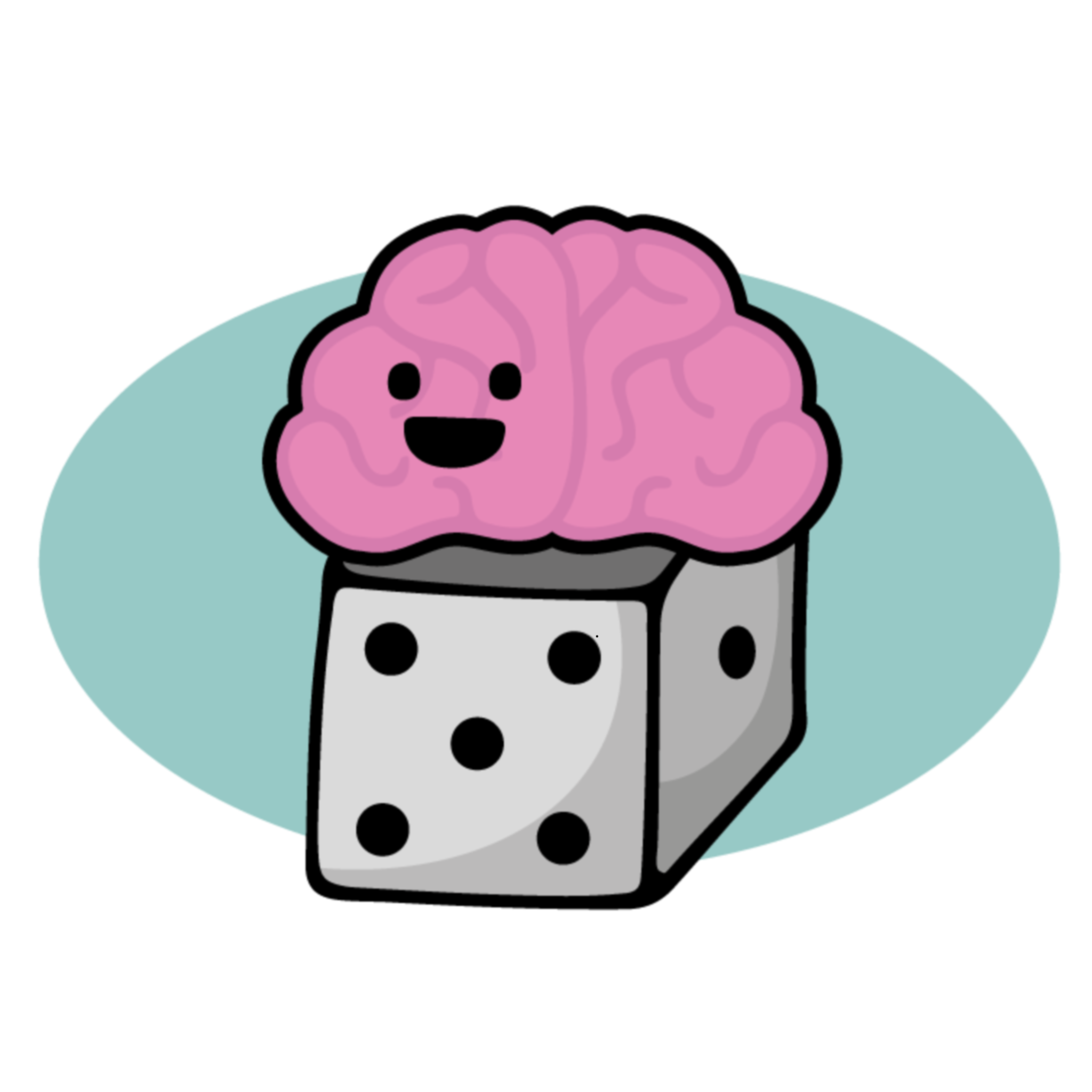TV ratings fail to reflect cartoon violence
Researchers at Iowa State University are investigating aggression and kids' television viewing. Their study, published in the March/April issue of the Journal of Applied Developmental Psychology, compared the amount of violence in children's shows according to their rating. Surprisingly, they found that shows deemed acceptable for children aged 7 and older (TV-Y7) contained three times as much violence as those rated for 14 year-olds (TV-14). Both contained more violence than PG-rated shows. The researchers concluded that the "Fantasy Violence" label for cartoons was misleading and may allow children access to more violent content. Perhaps more interesting were the findings about other types of aggression... The study also looked at verbal and indirect aggression - non-physical behaviours that are meant to be harmful. This kind of aggression is more commonly seen in girls than in boys, as we discussed in Episode 36. The researchers found that viewing verbal aggression on television was linked to increased verbal aggression at school, according to reports by teachers - this was the first study to examine the correlation between verbal aggression on television and in life. Students who watched physically violent shows were also rated as having more negative behaviours. Of course, this link doesn't mean that TV viewing caused the bad behaviour.
I grew up watching Looney Tunes, which I think was as violent a show as one could find at the time, and I never became aggressive as a result. There are studies in addition to the one described above that have found a link between increased aggression and televised violence - sometimes the link is only found for boys, sometimes only for children who are already aggressive, sometimes for boys and girls. What do you think? Are you aware of the indirect aggression in the shows your children watch?
You can read more about the study here.
Subscribe to The Family Anatomy Podcast by clicking here, or get your free subscription directly through iTunes.
Note: Posts on Family Anatomy are for education only. If you need to talk to someone about family or mental health issues, you can get a referral from your family doctor.
